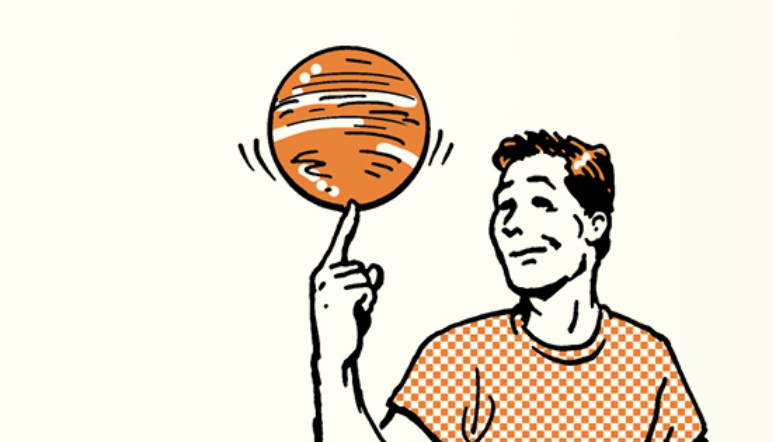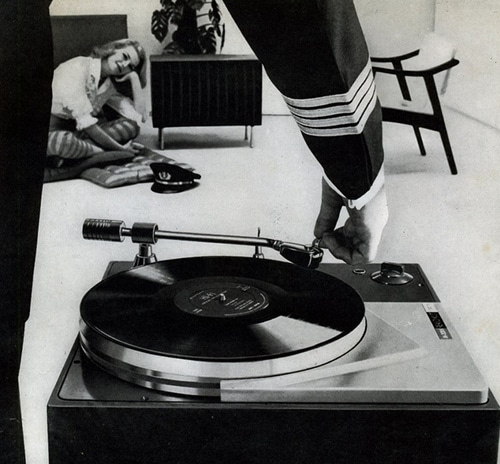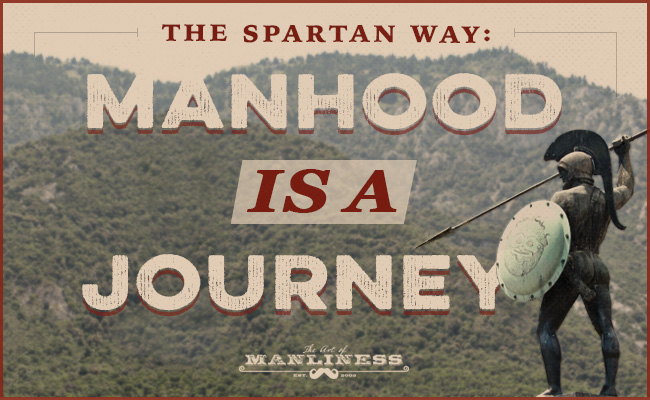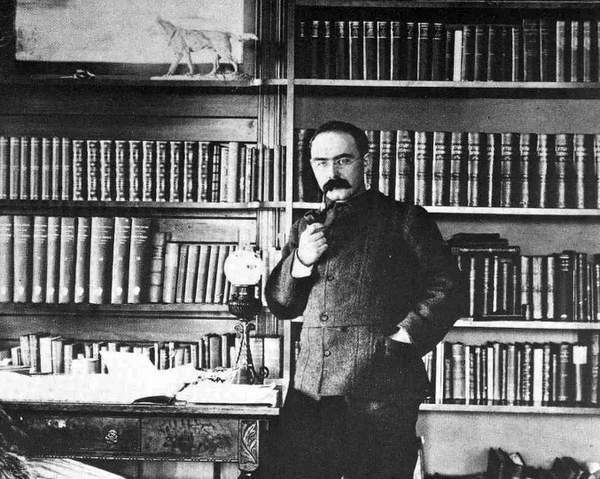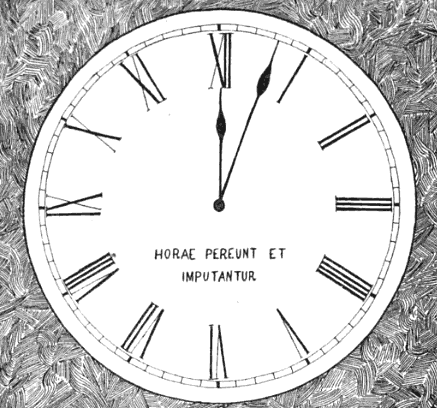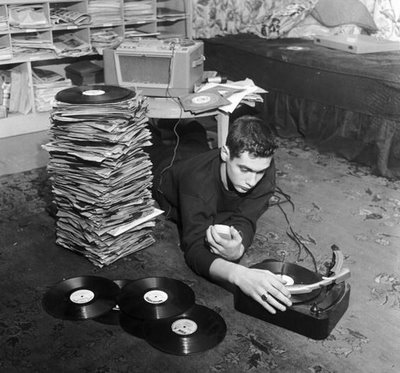
Editor’s note: This is a guest post from Cameron Schaefer.
“Is it wrong, wanting to be at home with your record collection? It’s not like collecting records is like collecting stamps, or beermats, or antique thimbles. There’s a whole world in here, a nicer, dirtier, more violent, more peaceful, more colorful, sleazier, more dangerous, more loving world than the world I live in; there is history, and geography, and poetry, and countless other things I should have studied at school, including music.”
― Nick Hornby, High Fidelity
I’m sold on vinyl. Like other passionate music lovers, ever since I was a kid I have eagerly followed the major leaps in recording technology, starting with the cassette tape all the way to the mp3. Until a year ago, I never considered pushing back against the evolutionary trend, but now here I am, completely hooked on a medium that seemingly flies in the face of decades of technological progress. And I’m not the only one.
After slowing to a trickle in the early 2000s, sales of vinyl have been making a sizeable comeback over the past six years, and were up 39% in 2011 alone (3.9M albums sold). This is happening while CD sales declined by 12.6% in the same year. While it might be tempting to chalk up the new wave of interest in vinyl to the aesthetic trends of smug, hipster culture, such a quick dismissal is suspect. I’ve spent the past year on my own journey into the world of vinyl and can truly say that there is something entirely unique and significant about the medium, something greater than simple nostalgia, image, or even sound.
Raise a Child Up
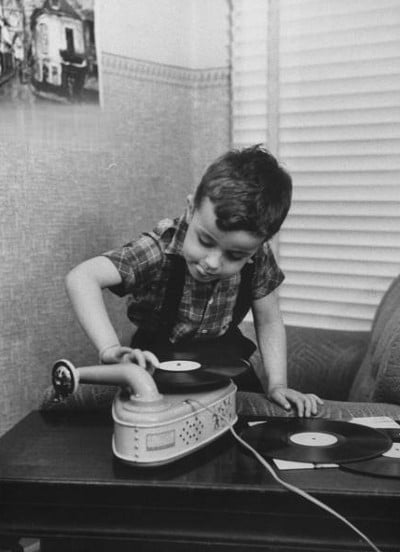
Music has always held a prominent place in my life. Growing up, a typical night in the Schaefer household included my dad, a professional jazz trombonist-turned-lawyer, digging through the small, dusty library of vinyl he had built up over the years, and selecting the night’s soundtrack. I can still hear him letting out a sigh as he would bend down on one knee to delicately drop the needle on the record. After a long day of legal work, this was his therapy. For me, it was an education and an adventure. I sat there anticipating the “pop” as the needle hit the grooves, beginning its sonic dance.
The three Schaefers would sit in the living room, my dad in his leather recliner, me seated near my mother, who was cross-stitching with one eye on her work and the other watching me eat grotesquely large ice cream sundaes. Flowing through the speakers like water were the sounds of joy, sadness, regret, anger, love, and hope — life’s ingredients filtered through the treble and bass clef. It was during these nights I was introduced to such names as Tchaikovsky, Pavarotti, Coltrane, Davis, Joplin, and McCartney.
While my dad usually played DJ, my mom was no musical slouch either. She was an accomplished pianist and had purchased vinyl since her high school days, amassing an impressive selection of 50s and 60s rock in addition to a comical amount of obscure 45s with everything from sing-along children’s music to Italian opera. She passed away during my freshman year of college, and my subsequent inheritance of her record collection eventually served as the rekindling of my own vinyl journey.
The Inheritance
For years, her records sat in our garage. I said I’d get to them soon enough, but buried beneath that thought was the reality that going through her records might be a more intimate experience than I was capable of handling at the time. Finally, while cleaning out the garage last summer, I saw them again, and knew it was time. I brought them into the living room and began going through them one by one, the experience just as personal as I’d imagined, but also far more enjoyable.
I wasn’t just going through my mom’s music; I was unearthing the tangible reflections of her life, a personal art gallery of tastes and experiences filled with the good, bad, and ugly. I laughed at certain album covers, trying to think of what must have been going through her head when she purchased them (she probably thought the same about a few purchases I had made in my earlier years). In many cases the records still had the original shrink wrap on the outside and I could tell by the stickers approximately when in her life she bought them — apparently a mythical time when you could buy 12″ studio albums for $3.67.
Tuesdays With Levi
Around this time, as if on cue, an old college friend of mine moved to the neighborhood. His name was Levi, he loved vinyl, and he had no one to share his thoughtfully curated 500+ album collection with. Missionaries are trained to be ready at all times to share their message, as one never knows when a person is at a point in his life when it’s exactly what he needs to hear. Levi was a vinyl missionary and he couldn’t have found a more able and willing proselyte. My musical soul had already been tilled, seeded, and watered by the experience of un-crating my mom’s vinyl — all he had to do was reap the harvest. His sickle was a Technics SL-1210 MK2 turntable and some insanely good speakers.
In the following months I spent hours and hours planted on his couch poring through his collection while listening to him explain the ins and outs of turntables, pre-amps, speakers, vinyl care, quality, where to buy, etc. You could see the joy in his face as he laid it all out for me…he wasn’t doing it for any other reason than his love for this musical medium. I didn’t yet own a turntable so I stored all of this information away knowing that my days of living without one were numbered.
The typical ritual during those times together, which I began referring to as “Tuesdays With Levi,” involved me scanning his shelf looking for bands I recognized (even when I found bands I considered my favorites, I realized I’d only consumed their music in bits and pieces and had rarely, if ever, listened to their albums in full, as most were created to be heard), Levi methodically placing the record on the turntable, me pouring a round of wine or beer, followed by several minutes of silence while we actively listened to the day’s selection. We really listened. The sound was engrossing, warm, round, and far more life-like then anything I had heard on a CD or mp3. I’d often close my eyes and picture myself seated in the front row of a concert. It required very little imagination.
It Just Sounds…Better
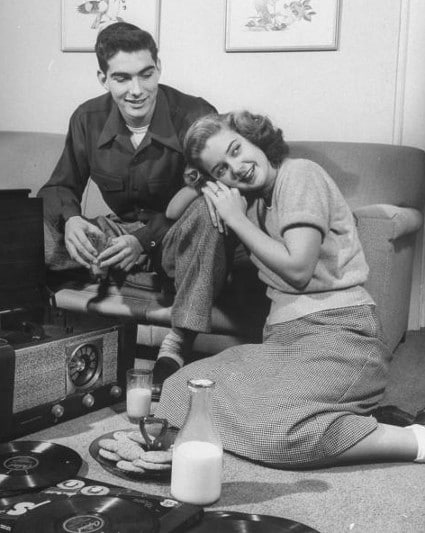
Some records, a cold jug of milk, a plate of cookies, and your best gal. This is heaven.
Whether or not vinyl sounds better than its digital counterparts has been hotly debated for as long as the mediums have coexisted. The real answer is: it depends. Because records produce an analog signal (real sound is analog) and CDs/mp3s produce digital signals (close approximations or snapshots), vinyl is able to produce a richer, more accurate sound. The problem lies in the myriad of ways the analog signal can break down before ever hitting the ear of the listener, mainly due to dirty vinyl or low quality audio equipment. However, assuming clean vinyl and mid to high-level audio equipment, most people favor the sound of vinyl, noting the warmness and fullness of the sound as opposed to the harshness of a CD.
As I sat on Levi’s couch I found that the sound of vinyl enveloped my ears in a way that was incredibly satisfying and made me want to listen more. Albums I’d heard hundreds of times on CD or mp3 felt completely new on vinyl. I didn’t know all the science or sound theory behind it at the time, but I didn’t care — it sounded pure. I loved it.
In the end, this ritual, or practice of actively listening to music, was what pushed me over the edge into purchasing my own turntable and records. Ask yourself, when’s the last time you sat down and listened to an album from start to finish? For most, even the idea causes a sense of discomfort, “You mean just sit there for, like, an hour…just listening to music?” Sure, all of us have our iPods constantly shuffling through songs like a deck of cards, or Pandora playing in the background at home or the office while we attend to other things. It’s music, but it’s different.
The Medium is the Metaphor

Music as background noise has become the typical listening pattern for the majority of us. Streaming services have made a fortune off this phenomenon, creating a delivery system that bends itself around our tweet-sized consumption habits. And while this isn’t all bad, it deprives many, even self-described “music lovers,” from a much deeper relationship with music, one that can only come, like most good things, through a certain amount of attentiveness, care and, most importantly, time.
In the 1985 book, Amusing Ourselves to Death, Neil Postman argued that society’s move from the spoken and written word to television as its primary information medium didn’t just mark a new way in distributing information, but a fundamental change in the nature of the information itself. Echoing Marshall McLuhan’s, “the medium is the message,” he proposed the slightly modified, “the medium is the metaphor.” No longer could news and opinion be eloquently laid out, reflecting both sides of an argument and containing a depth that propelled the reader or listener to further thoughtful examination. Now the “news” had to fit into a short burst of visual entertainment, with background music, graphic imagery, and angry talking heads involved in some sort of heated conflict.
Music has followed a similar trajectory. Richard Wagner’s Der Ring des Nibelungen (The Ring of Nibelung), the four-piece opera written in the mid-nineteenth century, required four straight nights of attendance for opera goers, the final cycle lasting over five hours. About one hundred years later, the phonograph record helped cement the idea of breaking music up into albums, with most holding anywhere from 30-60 minutes of music. The digital age, with the introduction of the mp3, brought about a radical change in the consumption of music, much like the switch to television culture in decades prior. Now it was possible for listeners to purchase individual songs completely separate from the album. While few would argue against the utility of such a move, it nonetheless changed not just the way we listen to music, but the very nature and purpose of music itself.
Dying of Musical Thirst in an Ocean of MP3s
During my college years I amassed quite a collection of mp3s. Yet, as I sat scanning the vinyl collections of both Levi and my mother I was startled by the difference in emotions conjured in my spirit by the two mediums. When I held an album in my hand I was holding a piece of art, a musical story with physical and metaphorical weight. With my mp3 collection, I was swimming in an ocean of songs and dying of musical thirst. Somewhere in the tearing apart of albums — the slicing, coding, and repackaging of music into “byte”-sized morsels — the spirit of music was weakened and in some cases lost completely. The context once provided by the narrative arc of the album was gone, replaced with the promise of cheap convenience. Vinyl, I was realizing, wasn’t convenient, but it was real.
It was with this final revelation that I set into the wilderness on my own vinyl journey. I purchased a turntable and soon was spending time deciding which albums I wanted on vinyl, reading about how the album was made, fishing through discussion boards for information on different pressings…I was all in. So were my wife and two kids, even if they didn’t realize it immediately. It wasn’t long before each was being hounded for vinyl picks of their own. If my childhood had taught me anything, it was that the happiness that would inevitably flow from this hobby wouldn’t be complete unless it was shared.
I’m not calling for the death of the mp3. Such a call would be futile; it is a format that meets our society exactly where it is – instant and portable. Besides, being able to exercise to your favorite songs or tune out during a long ride on the subway is something I certainly enjoy. But, to really experience music at a deep level, to exercise the same artistic, philosophical, and aesthetic muscles one uses when reading Tolstoy or Dickens, there’s no substitute for vinyl and the participatory listening experience that it demands. The feel of the cover in your hands, the smell, the warmness of the sound, the hisses and cracks that inevitably come after heavy use, all unique to the owner — all of it combines to form an unmatched musical experience. It is a medium that provides weight and texture in an increasingly vacuous and texture-less world.
Today if you walk into our living room you’ll see my mom’s records displayed proudly, along with some of my dad’s sprinkled in. But there are many new additions to the collection as well. Some from myself, some from my wife, and even a couple picked out by our two young children. Each has a memory attached to it, each has significance, and each tells its own story. To me, it’s not just music, it is the substance of a full life. Friday nights now consist of our family gathering in the living room for “Friday Night Dance Party.” The soundtrack for the evening is selected, all of us dance until we’re tired, then collapse into in our usual listening spots. It’s not forced — it’s a refuge. Who knows if this tradition will make it to a third generation? I love it, my wife loves it, and the kids seem to be enjoying it judging by the looks on their faces. So for now we let the vinyl spin.
Check out my podcast with David Sax about the return of vinyl and other “analog” things like books and paper notebooks.
_________________
Cameron Schaefer, pilot and early AoM contributor, has spent the past few years raising his two children with wife Marelize, hacking away at his backyard vegetable garden, knocking out an MBA and most recently venturing deep into the world of vinyl records. Along with his friend Levi, the two recently created Vinyl + Cocktails, a blog where they pair their favorite albums with good cocktails.


